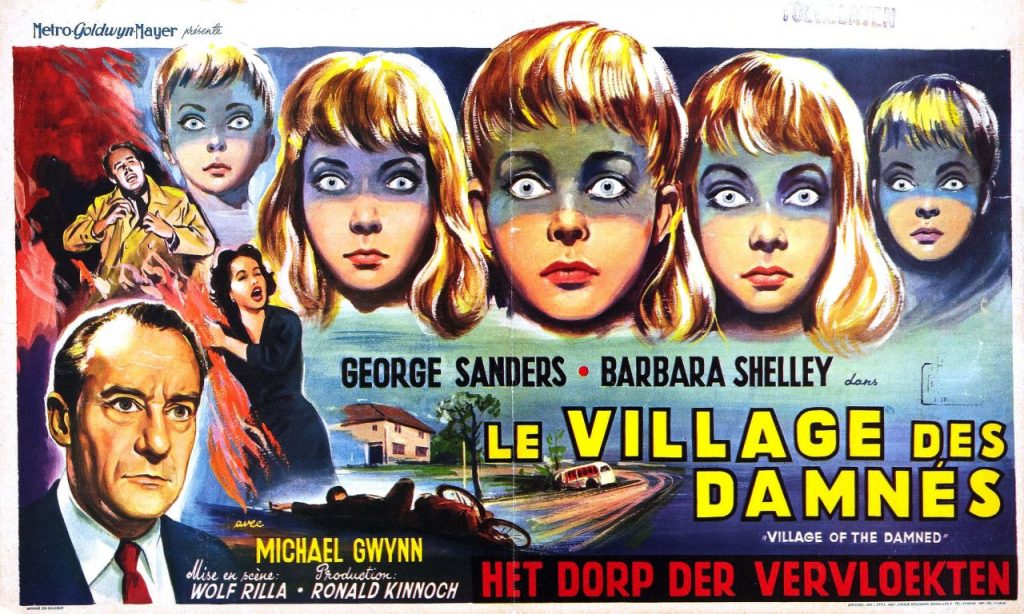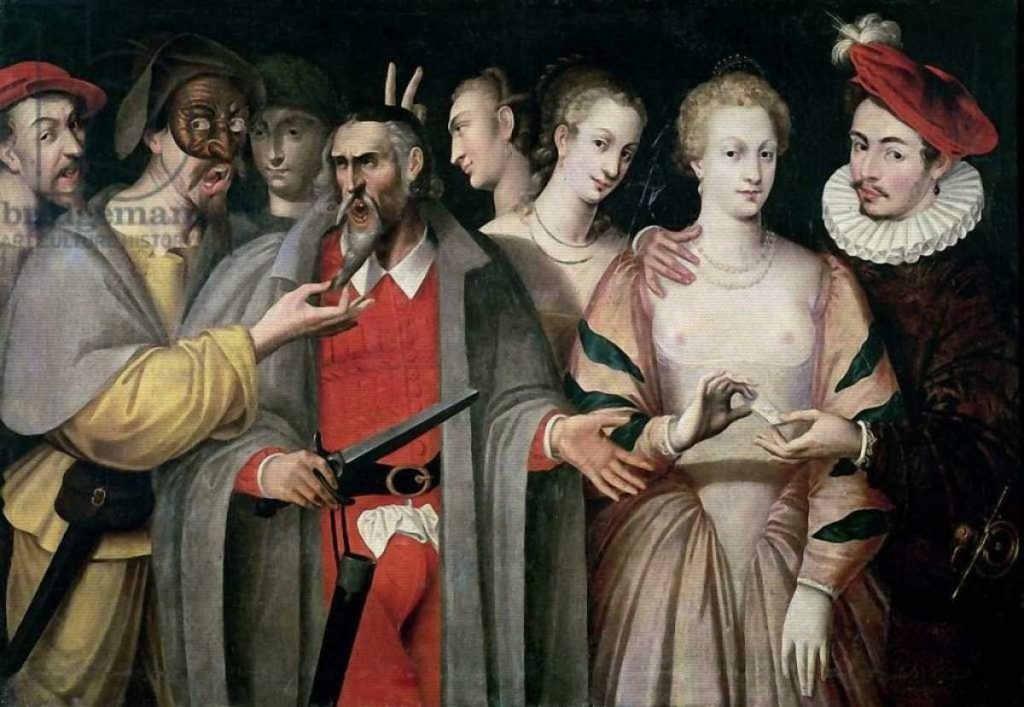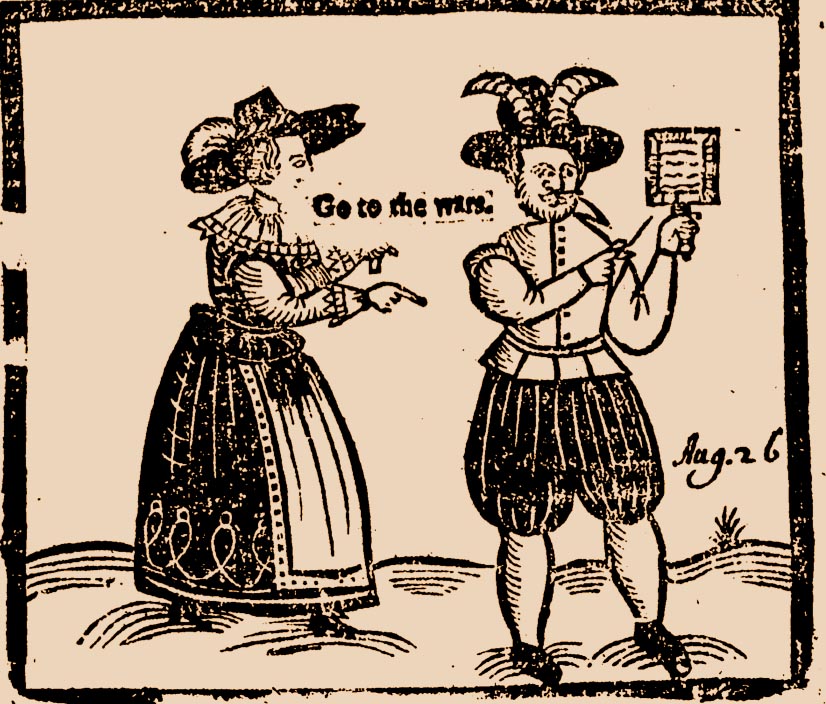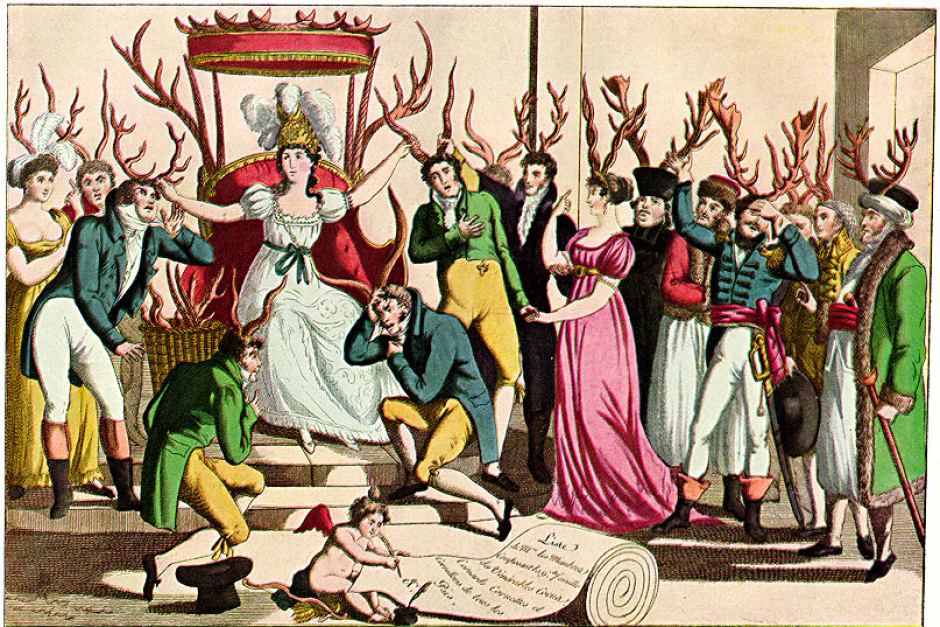
After two episodes meandering about in the nocturnal folklore of Walpurgisnacht witches sabbaths, we’re inviting our Bone and Sickle friends out in the daylight for a celebrate the arrival of Spring. Not to worry, there’s still human sacrifice in the air, as we begin the show looking at that pre-emininent example of the folk-horor genre, and what’s been called “cinema’s greatest pagan horror musical,” Robin Hardy’s 1973 film, The Wicker Man.
In a curious counterpoint to the ghastly deed unfolding in the film’s final scene, the villagers of Summerisle sing a rather cheery song associated with Beltane, or the coming of summer, for which Beltane, in the Celtic calendar, is the first day.
The 13th-century song, “Sumer is a-cumin in” in modern English:
Summer has arrived,
Loudly sing, cuckoo!
The seed is growing
And the meadow is blooming,
And the wood is coming into leaf now,
Sing, cuckoo!
The ewe is bleating after her lamb,
The cow is lowing after her calf;
The bullock is prancing,
The billy-goat farting.
Again with the farting goats! Listeners to our Walpurgisnacht episode will remember, the farting goats and witches from Goethe’s description of the witches’ sabbath on the Brocken in Faust. Perhaps farting goats will become a theme for this show. Please forgive the short, stinky side trip into this digression where we note the real world dangers associated with the issue as well as a popular YouTube video on the theme.
https://youtu.be/K9V5wzWv6gM
Also, speaking of things for which we might apologize, listeners should be warned that there is some unpleasantness regarding Wilkinson the Butler and his new spring suit at the beginning of this episode. You may want to skip past all that if such things offend.
Finally we do come round to our actual topic, the cuckoo in folklore, and Wilkinson is kind enough to read us some quite interesting superstitions associated with the bird’s arrival in spring from an edition of The Gentleman’s Magazine published in London in 1852.
And then a lovely folk song about the cuckoo with some some tragic themes and variations.
A curious line in the song about the cuckoo “sucking eggs,” is explained in epic detail as Wilkinson narrates an an extremely grotesque episode from the bird’s natural life cycle, reading from On Nature’s Trail: A Wonder-book of the Wild written in 1912.
Then the odd association between cuckoos and certain themes in Science Fiction is briefly addressed.

We follow the cuckoo into an even stranger and mostly forgotten associations between cuckoos and cuckoldry, losing ourselves further in the notion of the cuckold as one “wearing the horns,” and at long last arriving at a truly ghastly farmyard rationale behind the “horns” expression.
The painting below illustrates the “horns” symbolism rudely applied within a group of Italian commedia dell’arte performers. Further illustrations below (17th-century England and 19th-century France respectively) rerpresent other satiric commentary.



Naturally, the subject of cuckoo clocks must also receive brief mention, but we find our way to our native “horror” habitat back through the notion of the cuckoo clock as a species of “automata clocks,” and thereby other more morbid examples, such as this stellar piece used in Werner Herzog’s 1973 film, Nosferatu.
A few grisly tales associated with public “death clocks” receive dramatic treatment including this fellow from the Czech town of Havličkův Brod and the grim folklore surrounding him.
We close the show out with the warning, “Carpe Diem” as expressed (with a nod to the cuckoo) by the avant-folk band, The Fugs in 1966.Become a Patron!